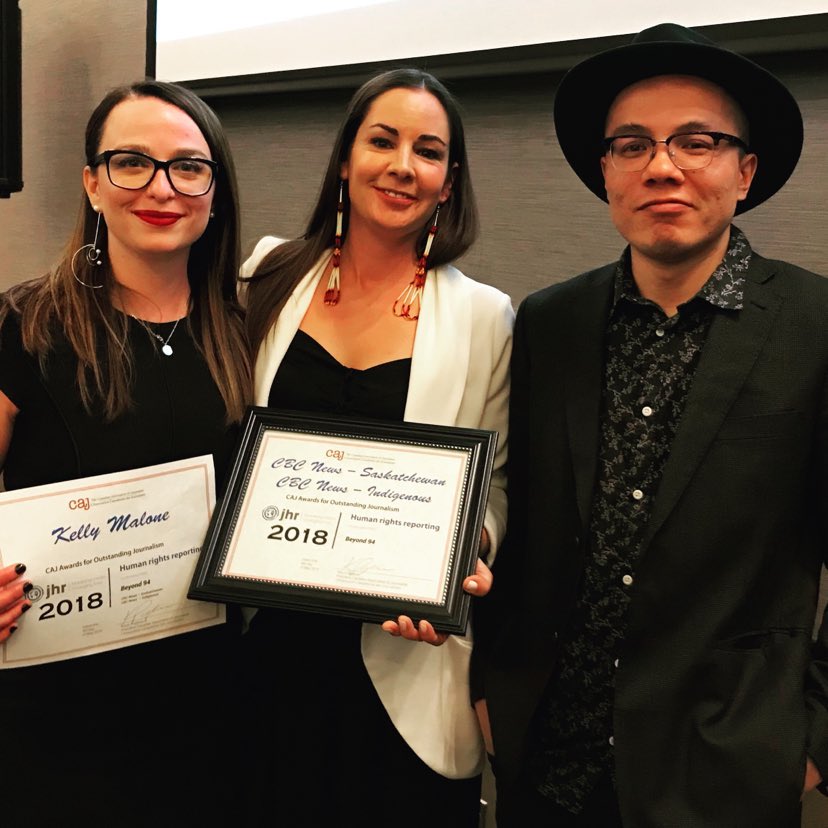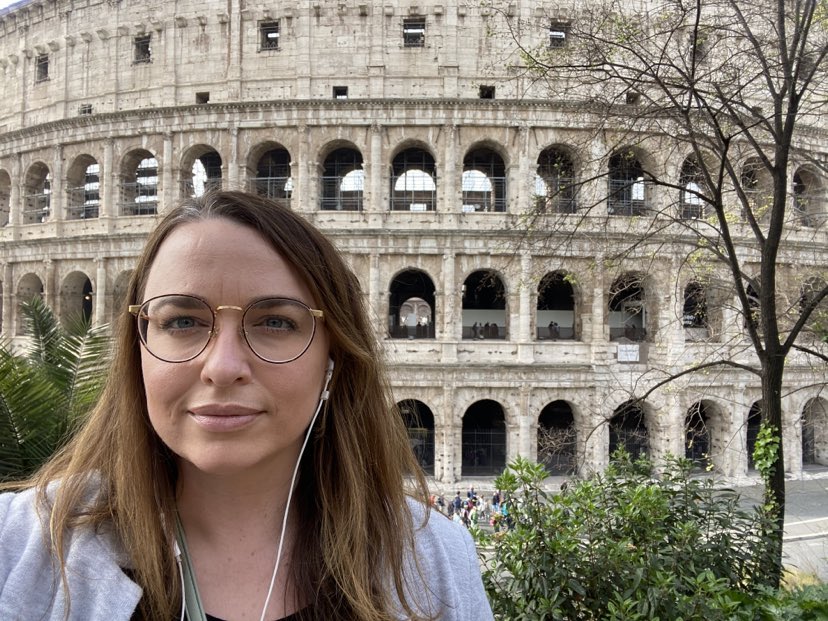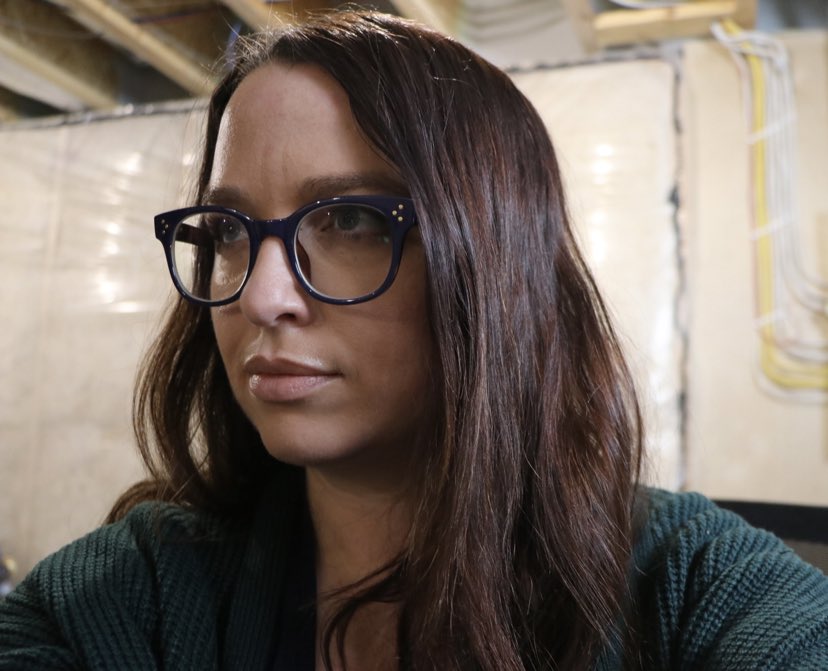Professionalism, respect, and self-care: the tightrope walk of trauma reporting
This article on trauma reporting is written by Becky Zimmer, a freelance writer based in Humboldt, Saskatchewan with experience in farm, community, small business and sports reporting.
When tragedy happens, journalists have the awful and difficult job of telling the story, often being the boots on the ground surrounded by death, destruction, and grieving loved ones.
And there is always the chance of doing more harm than good.
When these tragedies happen, The Canadian Press sends Kelly Malone, but after 15 years of reporting on traumatic events, the Prince Albert-born reporter has learned a few things but still has questions.

When she first started out, she knew very little about covering tragic situations, like how to take care of herself or the person in front of her, but she hopes that people remember the 20-year-old version of her as someone who was always respectful
“I might not remember them in 10 years, but they will always remember me.”
That is our job, she said, “writing the first draft of history.” The best way for journalists to do that is to be empathetic, respectful, honest, and a willing witness to what is going on. Journalists should want to listen to this person and get their story because theirs is an important story to tell, she said, not because the story will advance their careers.
As a journalist, that can be difficult. The person behind the headline, the story of what they went through, will impact someone’s career, and there is guilt in that, she said.
The biggest advice Malone can give to all journalists is to check their mindset. They are there because the story is worth telling, but they aren’t entitled to an interview, let alone all the horrible details of a person’s trauma, she said.
“If I’m walking into a tragic situation or I’m standing outside of the courthouse, I can ask for it, but I do not deserve it. I think changing that mindset, I walk into the role more respectful and also people push back on me, I’m more understanding of why.”
While she had to learn a lot of these lessons the hard way, covering these events have helped her think outside the box in a lot of ways. When the focus is on one key individual, other people are often forgotten or missed completely. Malone recalls Debbie Baptiste’s frustration with the media following the death of her son, Colten Boshie, and the conclusion of the Gerald Stanley trial. Malone had spoken with Baptiste quite often already, and by that time, rightfully so, Colten’s family were giving very little to the many reporters that called. Malone saw little value in adding to that family’s stress and pain by adding herself to that list of callers.
After a few phone calls to First Nation communities in both Canada and the US looking for former teachers of Colten’s, Malone tracked down his father who was unable to enter Canada and be with the family after his son was killed. To this day, Malone is unaware of anyone else who interviewed Pete Boushie.
“I think his dad really wanted to speak, he just had not been contacted and didn’t know who to talk to.”
To this day, Malone has remained in contact with Pete and Pete’s mother.

Besides being a decent human on what is someone’s worst day of their lives, Malone said she also have better conversations with people when they know the journalist in front of them actually cares about their situation.
Criticism and discussion on the media in times of fake news and digital media are warranted, but good journalism is still needed, she said. Journalists need to be in these situations, but professionalism needs to come first.
“We are the person there as the journalist to tell the stories, to be professional. When we go home, we might want to cry and we might need to talk to our bosses and ask for support, for time or mental health support.”
Malone’s trip to Humboldt was her first difficult story with The Canadian Press. Sixteen people died and another 13 survived with life changing physical and mental trauma after a semi collided with a charter bus carrying the Humboldt Broncos junior hockey players and staff to a playoff game in Nipawin, Saskatchewan.

The families of the 29 people, numerous Saskatchewan communities, and the police, paramedics, firefighters, and mental health professionals were deeply impacted in the hours, days, and months that followed. Many journalists were impacted as well; including CBC’s Susan Ormiston who reflected on Humboldt for a 2018 year in review clip.
Before she landed back in Winnipeg after being in Humboldt, Malone had a list of mental health supports waiting for her in her inbox.
Just like anyone else impacted by events like this, journalists need to take care of themselves, said Malone, and part of that is looking for those supports and talking about what they need, whether that is with their organization or, for freelancers, with their clients. Before going into hard hit communities, Malone now puts a lot of prior planning into what support she’ll need when she gets back.
Trauma Informed Journalism
- International Women’s Media Foundation
- 2021 Dart Awards: Reporting Tips from the Honorees
- Dart Center Style Guide for Trauma-Informed Journalism
- Decolonizing Journalism: A Guide to Reporting in Indigenous Communities by Duncan McCue



